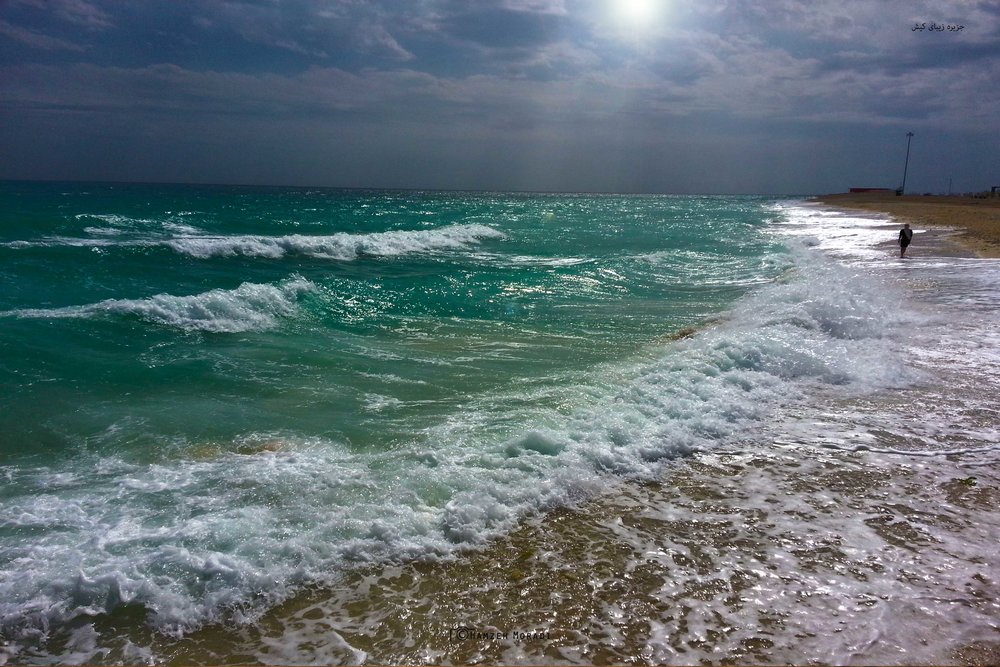Department of Environment opposes water transfer from Persian Gulf

TEHRAN — With regard to the environmental conditions of the Persian Gulf, the Department of Environment (DOE) has taken a firm stand against water transfer from this body of water, deputy environment chief, Masoud Tajrishi, has said.
Mahmoud Shayan, a board member of Bank Melli Iran has said that the project of water transfer from the Persian Gulf to central provinces will complete by next year, Mehr news agency reported on September 30.
Shayan explained that a consortium of nine Iranian banks have invested some $428 million in the project so that water of the Persian Gulf can be transferred to central provinces of Kerman, Yazd, and Isfahan through a pipeline.
He also added that desalination facilities are in place in the aforesaid provinces and that the project will come to fruition within next 10 months to provide the regions, which are suffering water shortage, with water.
However, Tajrishi told IRNA news agency on Wednesday that no requests have been submitted to the DOE regarding [environmental assessment of] water transfer from Persian Gulf and that DOE is adamantly opposed to this project.
“Even the Ministry of Energy would not permit water transfer from the Persian Gulf,” he stated.
The Persian Gulf water has a warmer temperature than other seas and this make it more vulnerable to any changes, Tajrishi said, adding that, oil tankers plying the Persian Gulf, its high level of salinity and evaporation as well as its shallow depth have made this ecosystem sensitive to exploitations.
In order to conduct such projects the Ministry of Energy should first issue a permit and most important the Department of Environment should asses the possible environmental impacts of the project, Tajrishi highlighted, restating, under no circumstances is the DOE issuing any permit for water transfer from the Persian Gulf.
He further explained that water transfer project from sea of Oman is already underway to provide the northern parts of provinces of Sistan-Baluchestan, Kerman and also Yazd province with drinking water and also water for industrial purposes.
In May, Parvin Farshchi, deputy head of the DOE for marine affairs, said that Iran is weighing up the option of transferring water from Sea of Oman to drought-ridden provinces of Sistan-Baluchestan, Hormozgan and Khorasan Razavi.
Farshchi also explained that each marine environment has its distinguishing characteristics and this is why we said no to water transfer schemes from the Persian Gulf and the Caspian Sea. She also stated that Sea of Oman is different from the Persian Gulf and the Caspian Sea, in that it is deeper and unlike the Caspian Sea which is in fact an enclosed inland body of water and the Persian Gulf which is partially enclosed by land Sea of Oman is connected to the Indian Ocean.
Iran is located in an arid and semi-arid area and is facing water shortage caused by low precipitation, temperature rise and climate change. Low precipitation rate and drought in Iran has urged the responsible organizations to look for new water resources. Almost all experts believe that facing water challenge is not the mere discovery of new resources, rather, refining water consumption patterns as well as recycling water should be taken into account.
MQ/MG
Leave a Comment